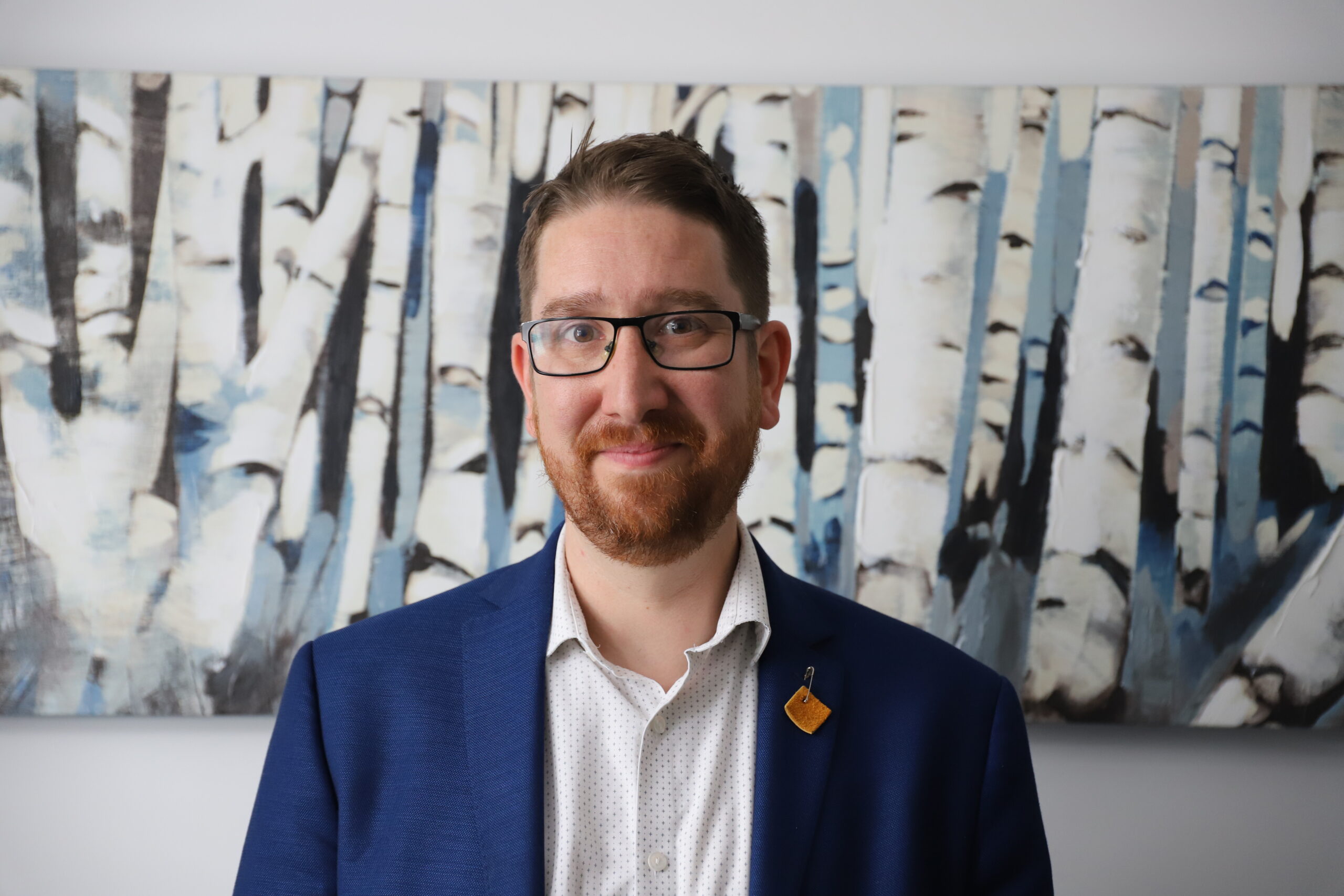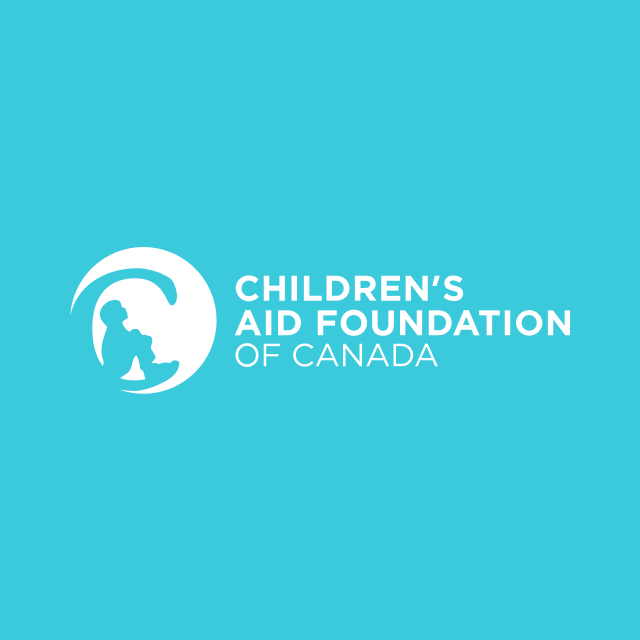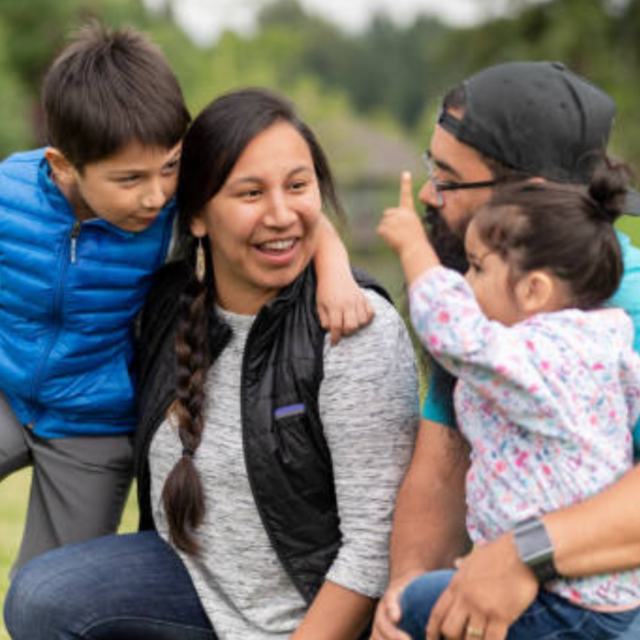After nearly six years leading Native Child and Family Service of Toronto, the country’s largest urban Indigenous child welfare agency, Jeffrey Schiffer has joined Children’s Aid Foundation of Canada as the organization’s first Chief Impact Officer. Two months in, we sat down and interviewed Jeff on his new role, the challenges facing the child welfare system, the unique role Children’s Aid Foundation of Canada can play in driving systems change, and what Indigenous cultures and communities can teach us about building holistic, caring societies. Jeff brings a cross-sector lens to this role and is passionate about system change and this opportunity to improve health and well-being for families, children, and youth in and from care across the country.
What is your role as the Foundation’s first Chief Impact Officer?
My role is to ensure that we are supporting families, children, and youth involved in the child welfare system by funding programs that are making a meaningful difference in the trajectory of their lives and that we are measuring the impact of the programs we’re co-creating with delivery partners across Canada. We want to challenge ourselves to use diverse methodologies, place a new focus on government relations and advocacy, and think about how we can contribute to social innovation and systems change on a large scale.
We know child welfare has not changed in many decades, and numbers are not improving. These systems just seem to be reproducing themselves; the overrepresentation of Indigenous and racialized people within government care is not getting better even though the number of kids in care is going down nationally. We also see kids in the system with more complex medical needs and governments struggling to work across ministries to address those needs.
I think we have a unique opportunity at the Foundation; we can bring together donors who not only want to give money to improve the lives of children and families but also want to see the system change. We can bring those donors together with delivery partners, the government, and communities to design programs that change the system. There is frustration in the sector, and I believe our delivery partners across Canada, governments, and donors would like to see the Foundation contribute to systemic change in a better way. That’s what this role is about.
What inspired you to want to take on this role? What makes you uniquely positioned to take it on?
I have some family history with the child welfare system. My mother, her siblings and some of my cousins were in the system, and so I’ve seen the way that child welfare can impact families and communities. I’ve also spent over a decade working in the context of child welfare, and before coming here, I was leading Native Child and Family Services of Toronto. I think that in working in the child welfare space, I’ve seen a lot of innovation and I’ve seen a lot of good work done, but numbers on a national scale have not changed much, so when I saw this role, I thought here’s an opportunity to leverage my skills and abilities and put them into play on a larger scale in ways that not only improve the lives of children and families but also improve this system to function better in the future. I really love systems change; I love building systems that are going to operate better, and I deeply value innovation, and that’s one of the things that I was most excited about.
How do we address systemic challenges and create sustainable solutions for children and youth in care?
We have a fragmented child welfare system in Canada. It works differently in different jurisdictions, so the problems aren’t necessarily the same across the country. But I think that one commonality is that we’re not taking an all-of-government approach, so we’re not as integrated and coordinated as we could be. We also don’t focus on prevention and intervention as much as we could.
We need to challenge ourselves to build evidence-based systems. We need to move from, and I said it when we were in Queen’s Park, “a duty to report” to “a duty to support.” Rather than just being concerned about risk and safety, we need to expand that to be concerned with health, well-being and prosperity. As the Board Chair of the Child Welfare League of Canada, I see these conversations happening nationally now in every jurisdiction. What we realize is child welfare is a colonial, siloed practice not being deployed in holistic ways that recognize the diverse needs of children and families.
Families don’t come into government care just because they’re unsafe. It has a lot to do with chronic needs: poverty, trauma, mental health, and substance abuse. We need systems that deal with all those challenges, so the question becomes how we collaborate with other stakeholders such as government, donors, agencies, partners and communities to create sustainable solutions.
I learned a lot about how to build holistic programs working with Indigenous families, organizations and communities. I’ve learned that Indigenous tools and approaches don’t just work for Indigenous children; they can help us innovate our systems. I’m excited about leveraging that experience to build better systems that work for all children and families in Canada. I’m a big advocate for two-eyed seeing, which is about bringing the best knowledge and practices from mainstream or European culture together with Indigenous knowledge and practice. Beyond this, I think we need to consider all the equity-seeking groups and all the knowledge they have around building effective systems. I’m a good synthesizer, and I’m excited about working with people across many different groups and bringing that together to codesign social innovation and change.
What are the most pressing issues facing youth from care in Canada today?
We heard from the Foundation’s Young People’s Advisory Council (YPAC) recently that mental health continues to be a massive challenge for youth in care right now. On the heels of the COVID-19 pandemic, we’ve seen mental health for all Canadians be challenged and that, of course, is disproportionately impacting youth in and from care.
But its concrete needs, access to education, access to employment, a feeling of belonging, and being connected to a supportive circle of relationships that help lift you and propel you forward in life. And mental health, sure, but I also want to say holistic wellness. That’s another thing that I learned from the Indigenous community: physical, mental, emotional, and spiritual health and well-being are important for all human beings. It’s a real struggle for youth in and from care who’ve been disconnected from communities and families and haven’t had the type of support that many other Canadians receive that way.
How are we, as a Foundation, addressing those challenges? What more can we do?
The Foundation has a well-developed focus on employment, education, and mental health. In fact, last year, we reimagined our Post-Secondary Education program to engage in advocacy efforts to increase the total dollars and other support available for youth from care pursuing post-secondary education. As a national charity with a proven track record of bringing partners across the child welfare sector together with a growing network of partners at all levels of government, we’re well-positioned to lead in this work.
Another thing I think we do well is listen to youth with lived experience to understand those challenges and how we can do that work. I think we can continue to expand that by working with YPAC to speak and, as the Foundation continues to expand its national scope, ensuring that we’re working with diverse youth in every Canadian jurisdiction to understand how those challenges are different because they’re not experienced the same by youth in different areas. Canada’s big from coast to coast to coast right, and so I think we need to understand how these challenges express themselves differently in different regions across Canada, what networks are in those areas that we can draw from to be able to work collaboratively to bring together donors and community partners and to do that work and then starting to develop strategies to be able to address them.


